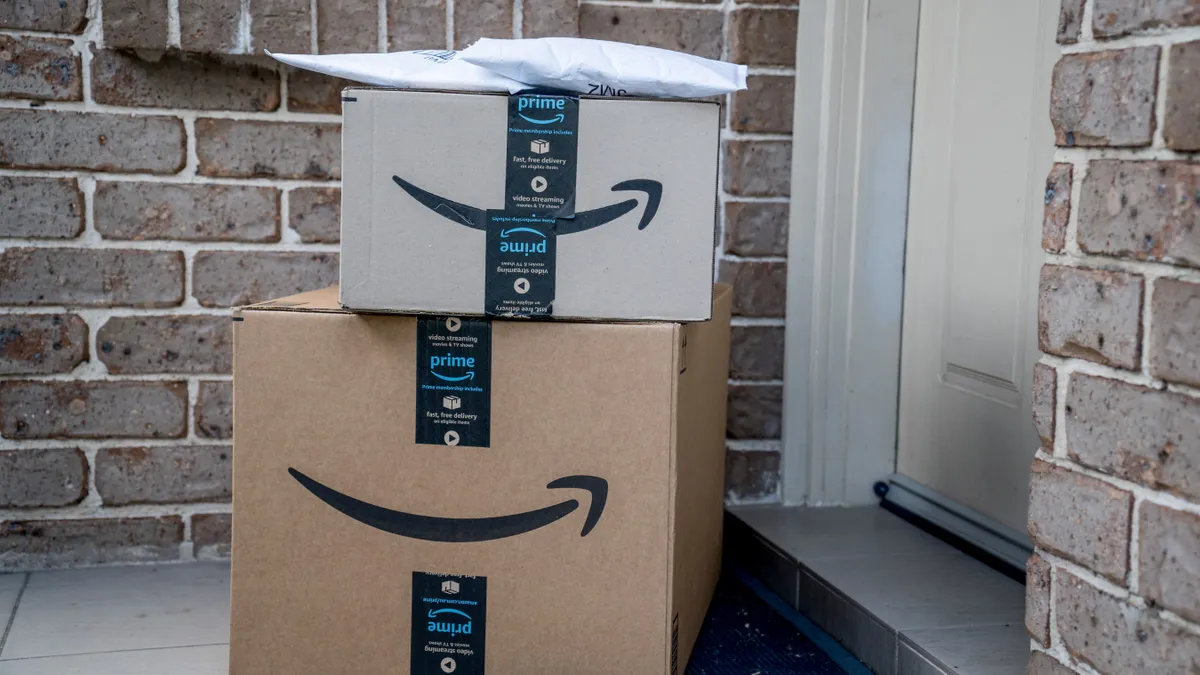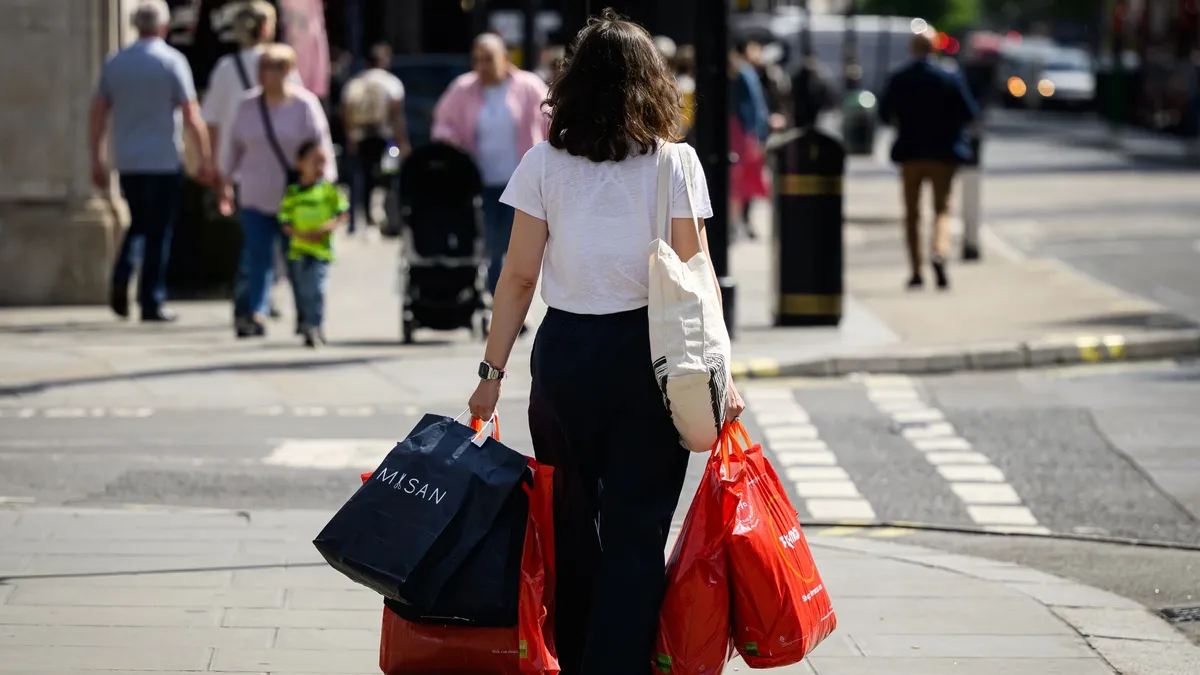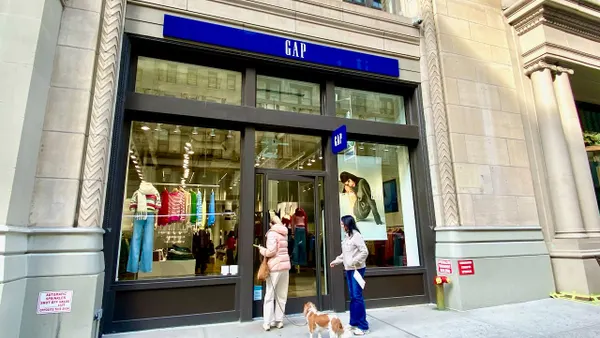As Amazon marks two decades since the launch of its Prime membership, the company says it reached the “fastest speeds ever” last year, delivering globally “more than 9 billion items the same day or next day.”
In the U.S., Prime members saved more than $500 on average on delivery fees in 2024, which works out to nearly four times the cost of an annual membership, according to Amazon. Prime costs about $180 per year if paid in monthly installments or about $140 if paid annually.
“I do believe it is a fact that Amazon's delivery speeds are increasing, but so is the cost of Prime,” Rick Watson, founder and CEO of RMW Commerce, said by email, adding that the company is keen on reminding its Prime customers of the value of their membership.
The e-commerce giant in recent years has beefed up its fulfillment network. In 2023, its worldwide shipping costs rose over 7%, approaching $90 billion. Much of that investment has gone toward Amazon’s effort to speed up delivery times for its U.S. Prime members. Last year, the company expanded its number of same-day delivery sites by more than 60% and now serves more than 140 metro areas.
Amazon has also pulled out of some areas. In December, Washington, D.C.’s attorney general office sued the e-commerce giant, saying it “deliberately — and secretly — stopped providing its fastest delivery service to the nearly 50,000 Prime members who live in historically underserved communities east of the Anacostia River,” in violation of the city’s Consumer Protection Procedures Act. Amazon refuted that, saying that it adjusted delivery routes and times to protect drivers and that it is always transparent about delivery times.
More broadly, Amazon these days seems to be prioritizing AI over its sellers and retail business, even as competition is rising, according to Watson.
“What Amazon really needs to worry about long term is the growth of its marketplace itself,” he said. “In this new world, Walmart is growing much faster than Amazon and has the resources and scale to compete with it.”













